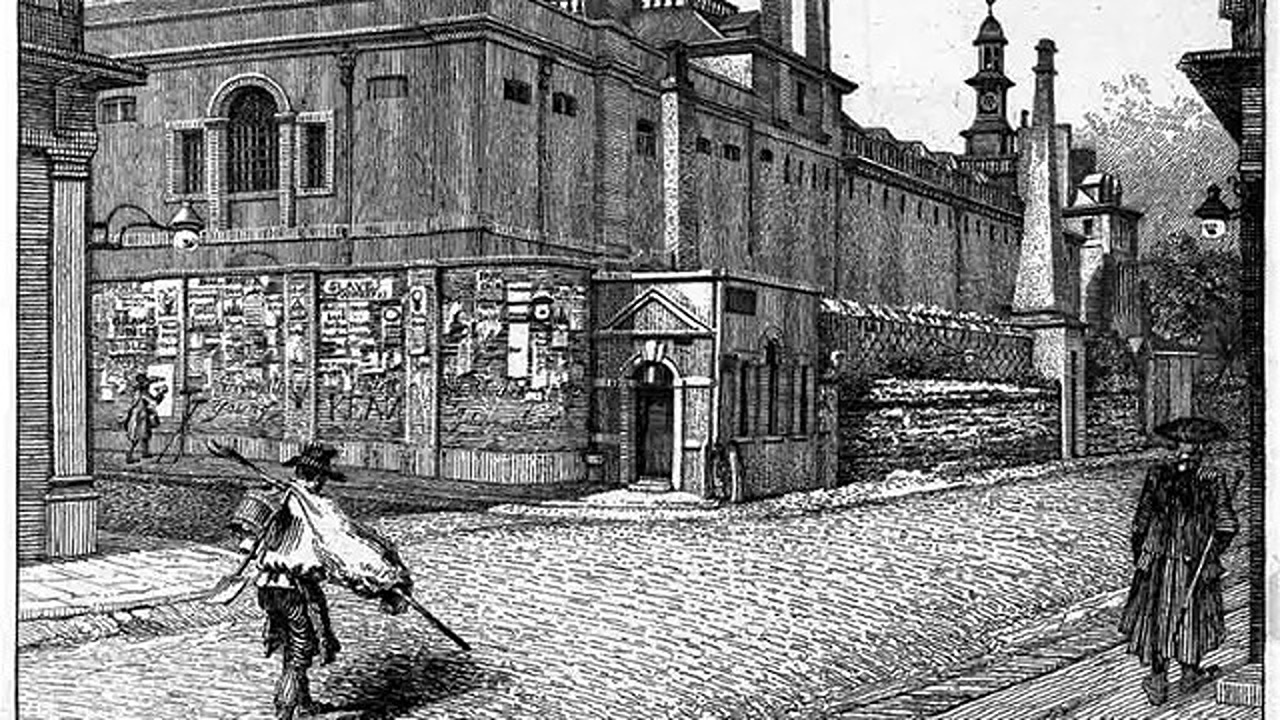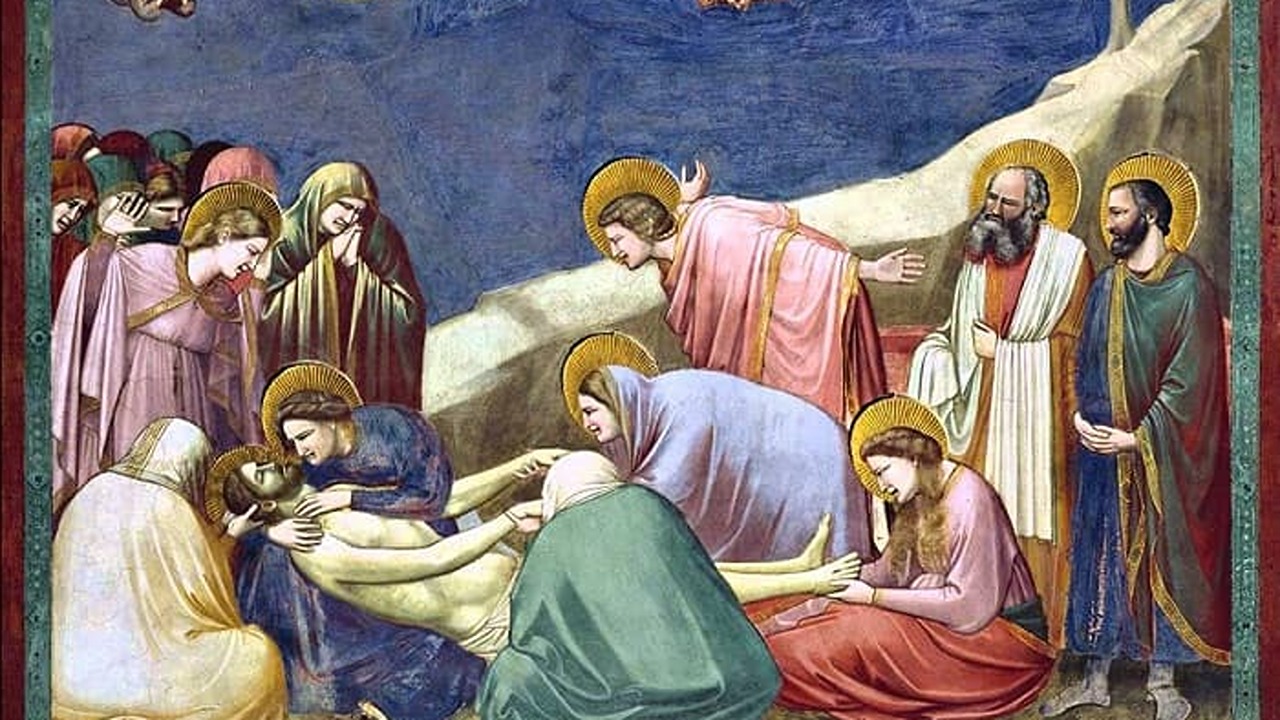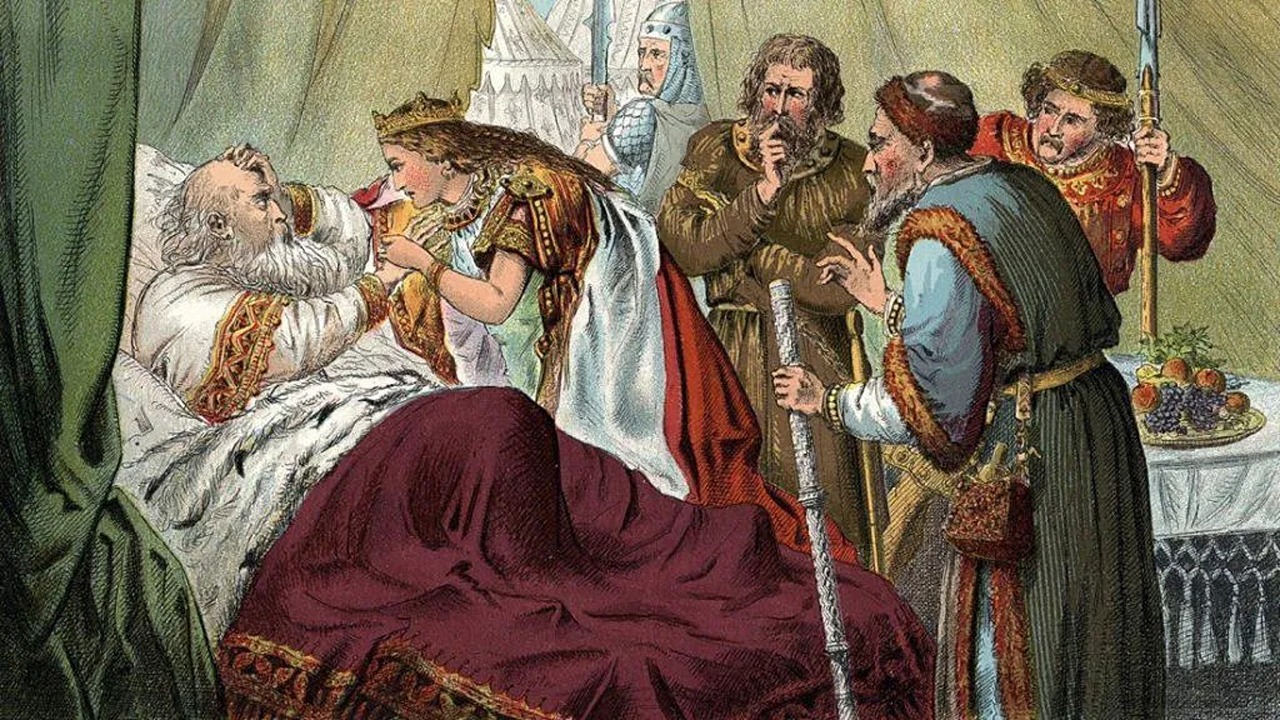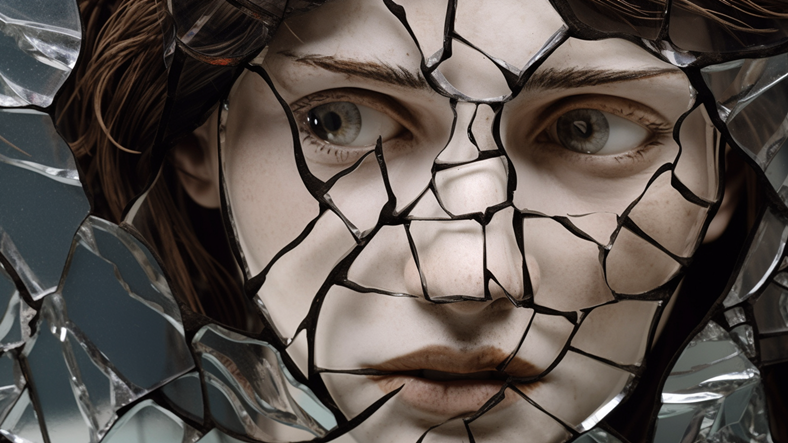“I am broke” I think the term should mainly be used for people who experience this delusion. A psychological disorder known as the glass delusion convinced people in the Middle Ages that they were made of glass and could be broken.
Special This discomfort seen in the higher strata of society, Although it sounds very strange, it seems to have been adopted by many. In fact King of France IV. Henri was also diagnosed with this disease. You will be even more surprised when you learn the details.
Information about this delusion was found in the case books of Andre Du Laurens, known as the doctor of the royal family.

The doctor who wrote the findings on the glass hallucination, King of France IV. HenryHe wrote that ‘there is also a gentleman who has this ailment. In fact, the king had no ailments or mental disorders. He emphasizes that the king lord, who acts rationally in all other matters, does not approach people thinking that he might be “offended”.
Laurens, along with other medical theorists, argued that the cause of the glass hallucination lay in the cause of all other illnesses.

Bethlem Asylum in London, 1814
According to ‘Humarol Pathology’, based on 4 elements and associated with diseases occurring in the human body by ancient Greek and Roman physicians, the human body is of the four humours reportedly occurred. Accordingly, the body; It produces certain fluids such as blood, mucus, yellow bile, and black bile. When one of these fluids is disturbed, the person’s balance is also disturbed; To heal, the bodily fluids must be rebalanced.
Each fluid was associated with a mental state.

This humor is just not with physical health; was also associated with mental health. For example, it was believed that an excess of black bile was associated with melancholy, that is, with the current depression. The glass hallucination was also associated by Dr. Laurens with melancholy, a symptom of excessive black bile. It was said that black bile, having a dense and dark form, could easily penetrate the patient’s imagination.
This predisposed them to the manifestation of melancholy, and it was called the glass hallucination.

British scientist Robert Burton Anatomy of melancholy He said in his work, The Glass Delusion, is an expression of melancholy, but underlined that this delusion is also a form of fear. burton, people suffering from melancholy He said they often become paranoid and make the glass hallucination worse.
Apart from scientific studies, this situation is actually explained to us in fictions. Miguel de Cervantes short story, The Glass Graduate is an example of this. The hero in the story is poisoned while eating a quince, which is said to be an aphrodisiac. The trauma caused in the hero by the event turns into a glass hallucination.
Were there people whose names we heard or knew had this delusion?

King Henry IV of France
Considering he’s seen in the upper echelons, there must be a few famous victims we’ve heard the names of. This was thought to affect more educated men. Poet, philosopher or people interested in academia. susceptibility to melancholy The hallucination therefore had a connection with intellectuals.
Why did people suffer from such a condition?
Leaving aside all theories and focusing on the issue, only one question enters our agenda. Why and how did it arise?
Glass was a relatively new material in the 17th century. It was often assumed that glass was a magical substance because people struggled to understand how a substance such as sand could be turned into glass. This fascination with glass originated from the German alchemist. Johann Beckerin Physics Underground”man, like all animals, is glass and can turn into glass“ It made him form sentences. In addition, he suggested that the creature in glass form had its own color. For example, we humans are made of milky white glass.
This can be called the “glass delusion” because people have sensitivities that fear being broken.
Dutch psychiatrist Andy LameijinWhen he wondered if this disease was found and investigated in the present day, he came across such a case in the hospital where he worked. A man taken to his clinic in Leiden in 1964 claimed it was made of glass.
The disease did not really disappear in the 1830s.

Contains references to the glass hallucination, recorded in the records of an Edinburgh mental institution. An 1883 conference was found. The data is surprising: one of the patients claimed that his legs were made of glass. After some more data were recovered, it became clear that this disease was not limited to the Middle Ages.
Today’s society is exposed to a possible expression of pressure and fear This disease, understood as; It also shows that people develop this disease against possible situations in the period they are in. We are sure that as you read this article, there are many nameless people who are struggling with this disease without realizing it.
Sources: The Collector, Humoral Pathology.



















